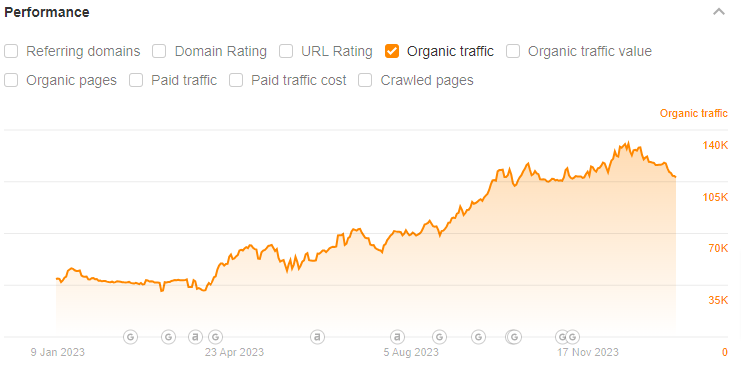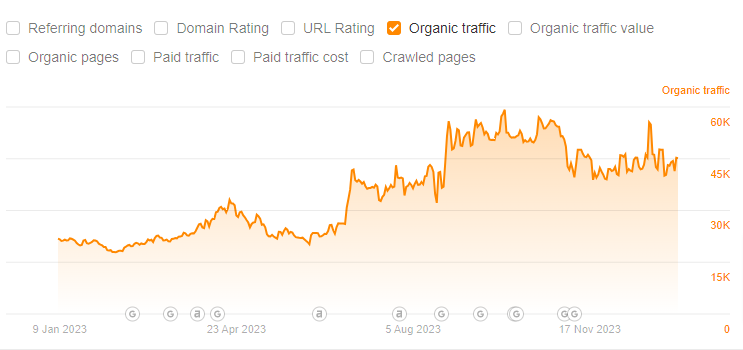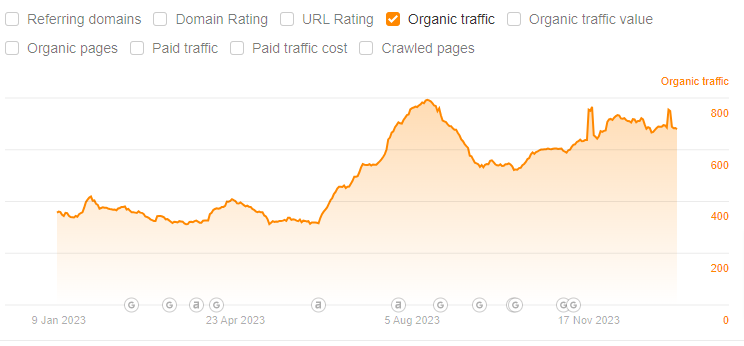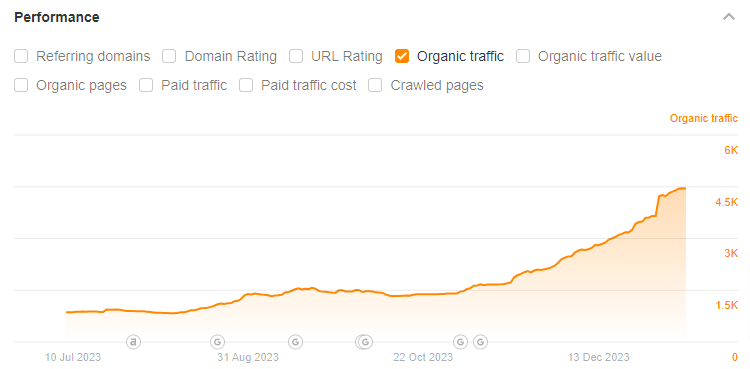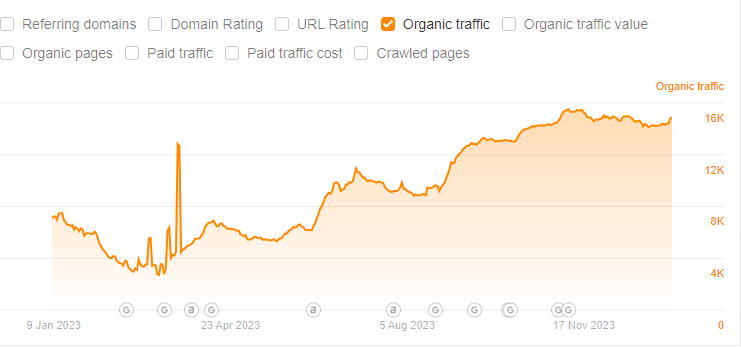SEO Packages
PPC Services
Influencer Outreach
SEO Packages
PPC Services
Influencer Outreach
SEO Packages
PPC Services
Influencer Outreach
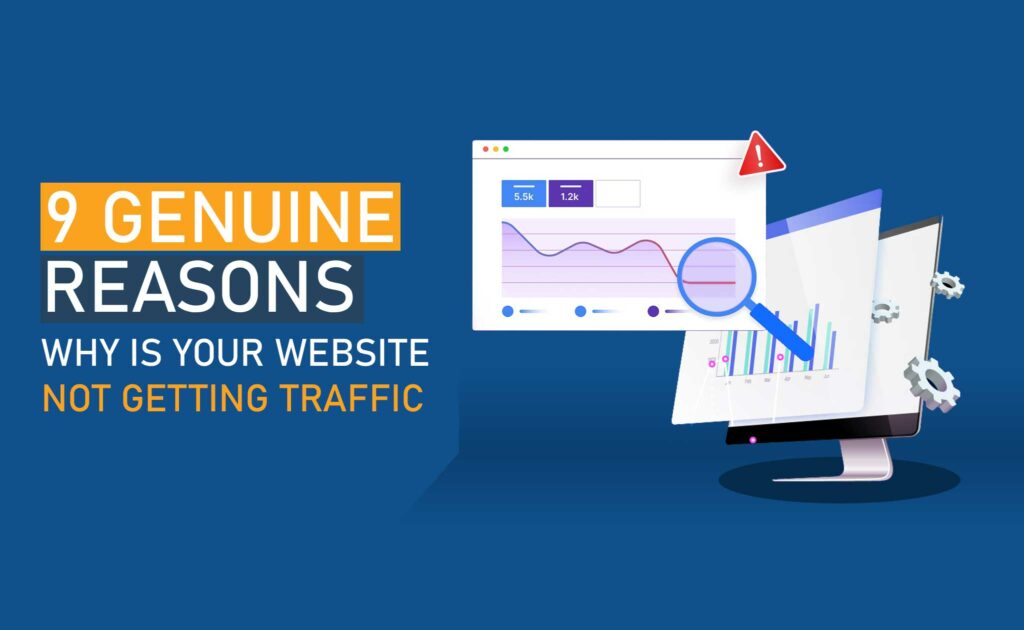
Thinking of spending hours writing valuable content and hitting the publish button with higher expectations of grabbing the attention of a larger audience. However, it can be intimidating when you notice little to no traffic to your website.
Several reasons matter most as to why is your website not getting traffic it deserves and, more essentially, some effective strategies to fix it… Maximizing traffic to your website is imperative, as a website with no traffic is more prone to fail.
So, what do you need to do to get people to visit your website as a priority? If you want your business to touch the web sky, be sure to start considering how you can present your site to your target audience.
Luckily, so many proven strategies are available that will help you grow your traffic without spending a fortune. In this detail-oriented blog post, we’re going to shed light on some of the most prominent reasons behind there’s no traffic to website. So, continue to read on right now!
Check out this detailed-oriented blog post to find out the nine significant reasons why is your website not getting traffic. What are the essential consequences of not getting traffic to your website? Additionally, you will also get insights into how you can drive free traffic to your website.
SEO is no longer a fad used by marketers to gain customers. It is the reality of the online world and the only way to bring and increase organic traffic to your site.
According to the Search Engine Journal, 93% of online experiences start with a search engine. That’s why many companies are focusing on improving their SEO.
Think: Is your company prioritizing SEO?
If your answer is ‘no,’ it is time for you to start working on it. Remember that SEO is not a magic trick. It takes time to work, but once it starts working, you won’t need to think about why your website is getting no or low organic traffic.
Why? Because it will automatically generate a fair chunk of organic traffic. Let’s see what you should be doing.
Off-page SEO includes everything you do other than on your website to improve your optimization. It includes:
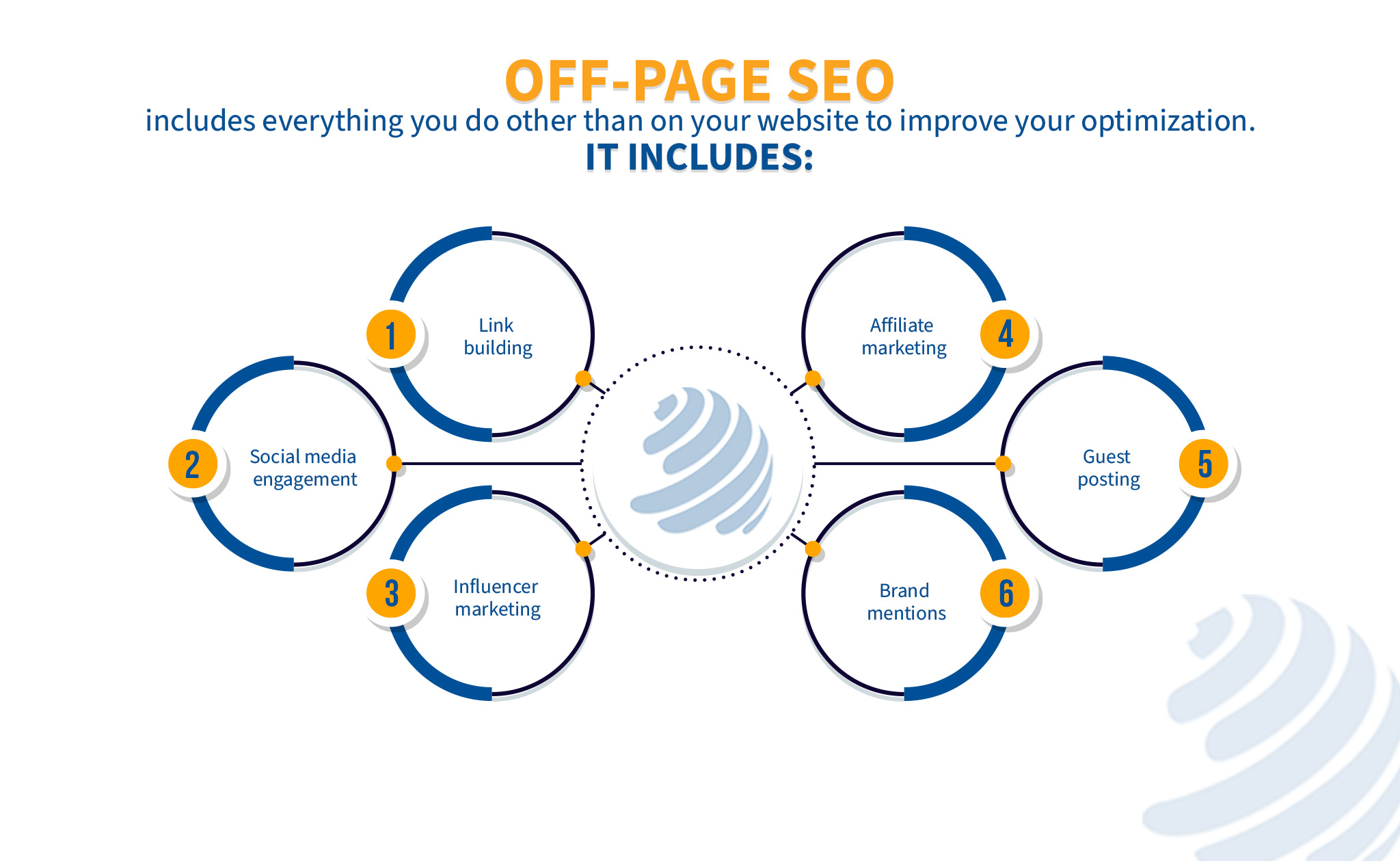
On-page SEO includes everything you do on your page to enhance its visibility and drive more traffic to your site. It is mainly based on:
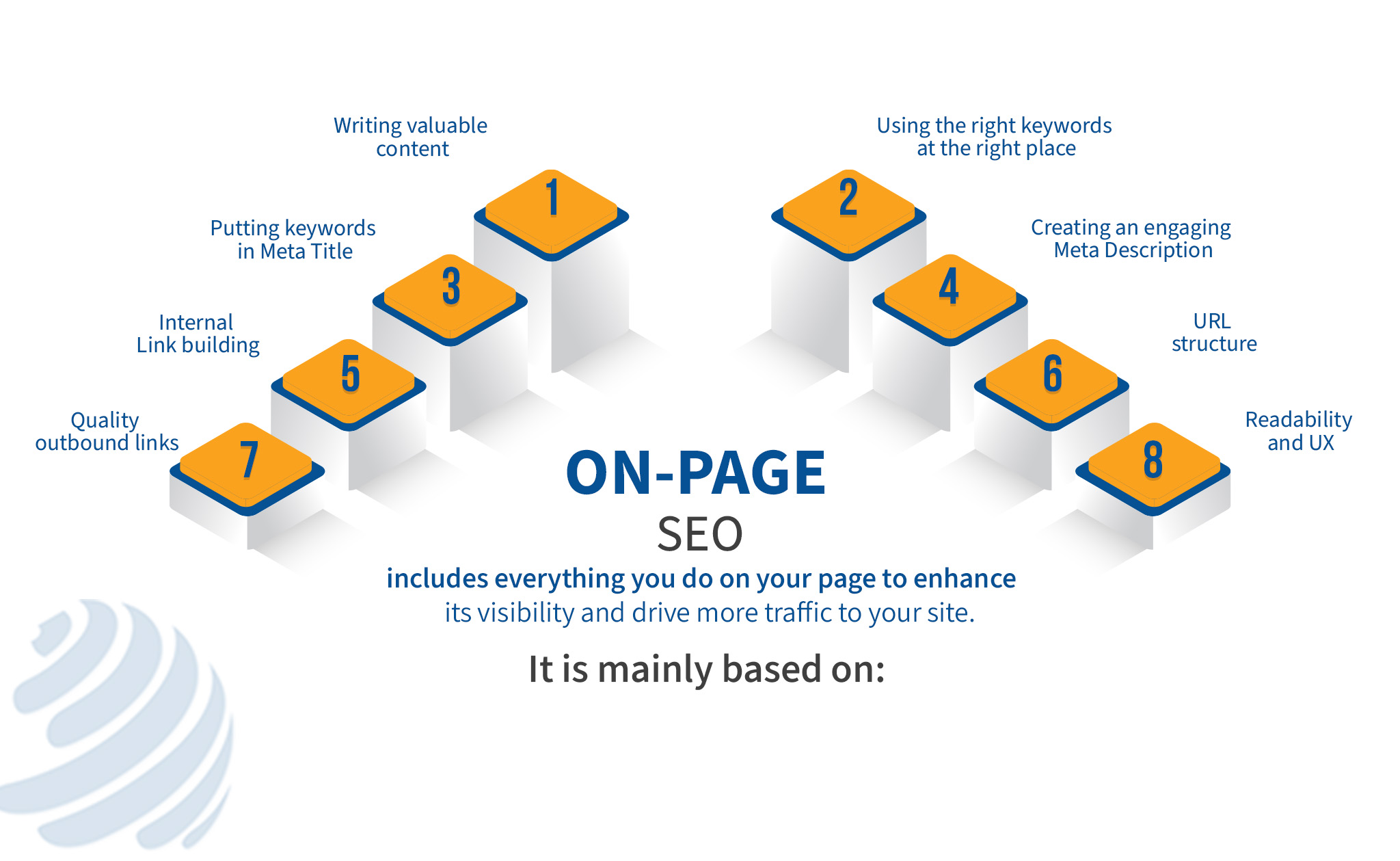
Technical SEO is based on every technical aspect of your website that you manage to enhance search visibility. Like:
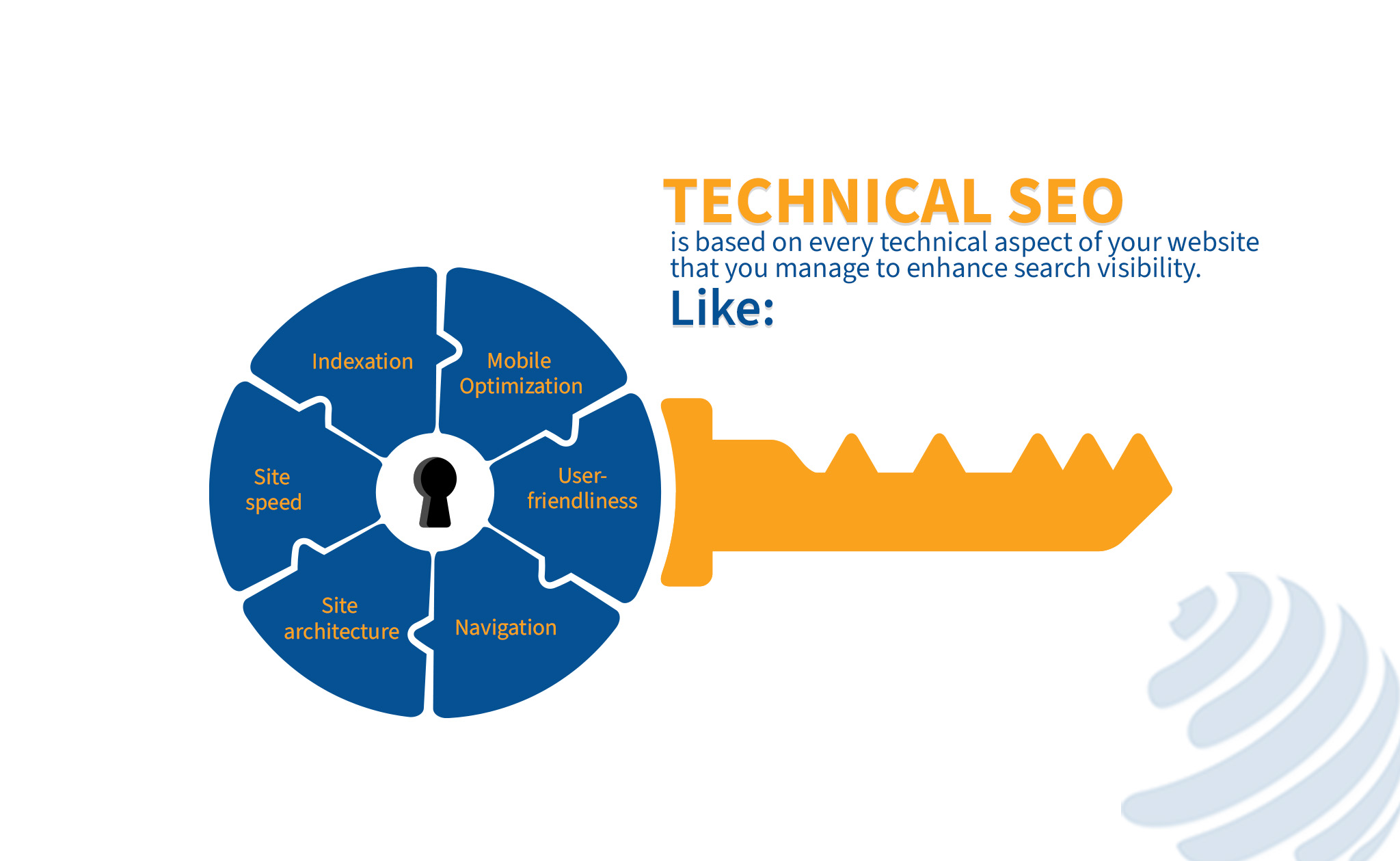
It shows that SEO is not just content writing, adding keywords, and fetching links. It is a whole world that keeps on changing. So, you should focus on all possible aspects if you want to outrank your site and drive traffic.
Because if you don’t do it, your competitors will. You have to choose where you want to stand in the ranking competition. Here are a few ranking factors in terms of significance to ease your pain:
Another reason behind the tension is that I am not getting traffic to my website, so you might not be building your link correctly.
Now, after Google unleashed the Penguin algorithm, we already know that there are good and bad sides to link building.
But what most people don’t know is that there is also a correct and incorrect side of white hat link building. Even if you are not using any PBNs, networks, link farms, or low-quality link submission directories, you can still go wrong with your link-building practices.
Google considers many things when judging whether a link is of high quality and worth considering. Here is what it takes to make your link valuable:
Diverse Link Profile: Don’t fetch links from only one site; fetch them in only one way. Use multiple white hat ways and different websites to get quality links.
Link to Different Pages: Do back-linking for different pages. Don’t invest your whole link-building budget to increase the authority of a single page.
Right Anchor Text: Use the correct anchor text that doesn’t seem like over-optimization and also tells what the linked page is about.
Check out this checklist and see if your link-building practice follows these essential elements. If not, you are on the wrong track. Start following them to get closer to your site.
Keywords are the map that Google uses to show your site in front of the targeted query. So, using the right and targeted keywords is an essential part of meeting the right audience and driving targeted traffic.
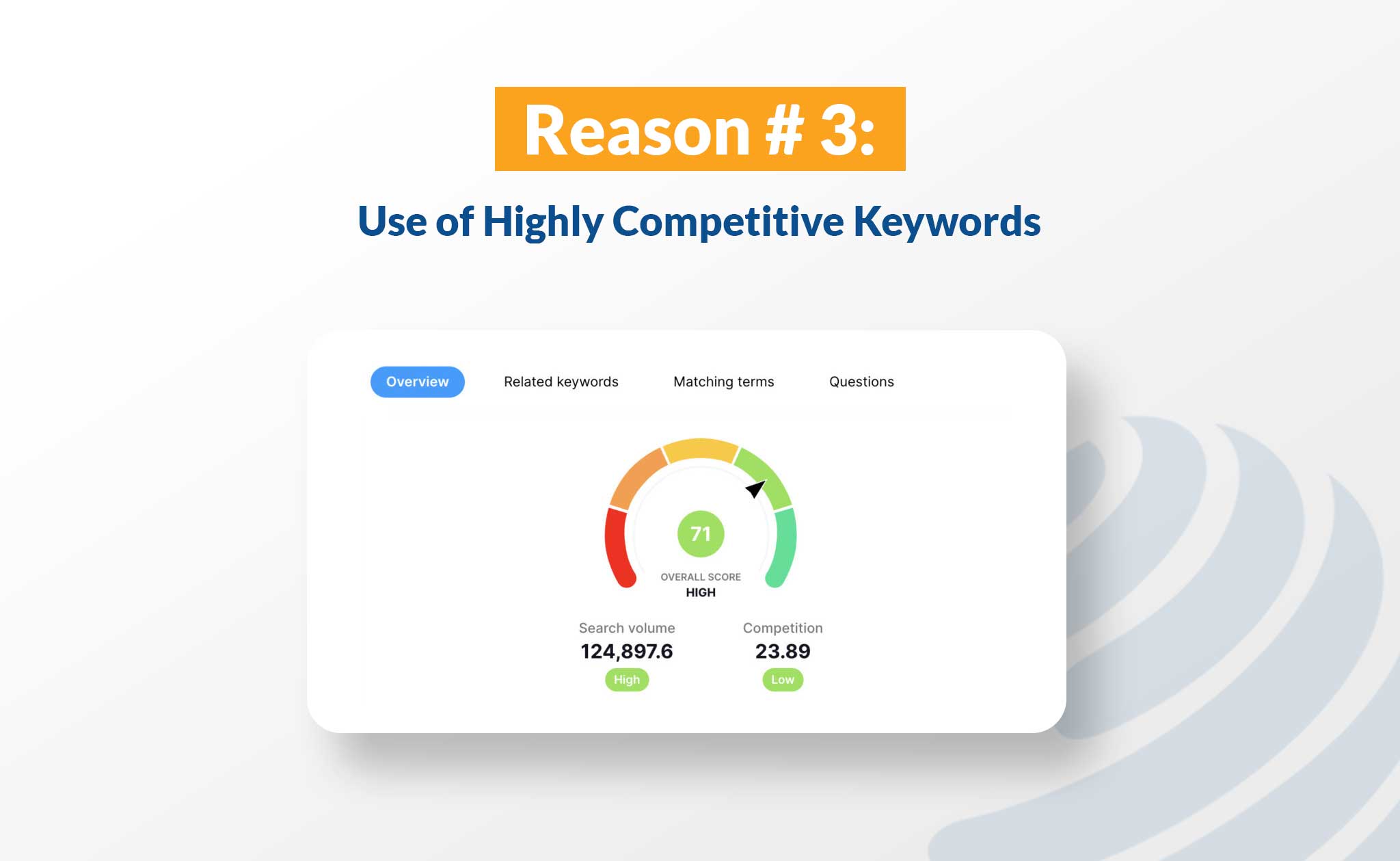
But here is a thing:
We all want to target keywords that have more search volumes to reach out to more and more people. However, using keywords with more search volumes means that more businesses are pursuing them. In other words, the competition is tough.
So, if you are a new business with a fresh online presence and less friendship with Google, it will be hard to rank for highly competitive keywords. Here, you can use the MWL Technique, which means ‘more with less.’
In this technique, you start targeting medium or less competitive keywords with fewer searches but are easy to rank.
This way, you start getting a small number of traffic rather than not getting any traffic.
Once Google starts seeing some audience engagement and presence on your website, it starts increasing your site’s authority. And once you become authoritative enough, you can target highly competitive keywords as well. Because then you will have the reason and authority to stand tall in the deluge of competition.
Google keeps a close eye on how the traffic interacts with your website. In other words, it checks:
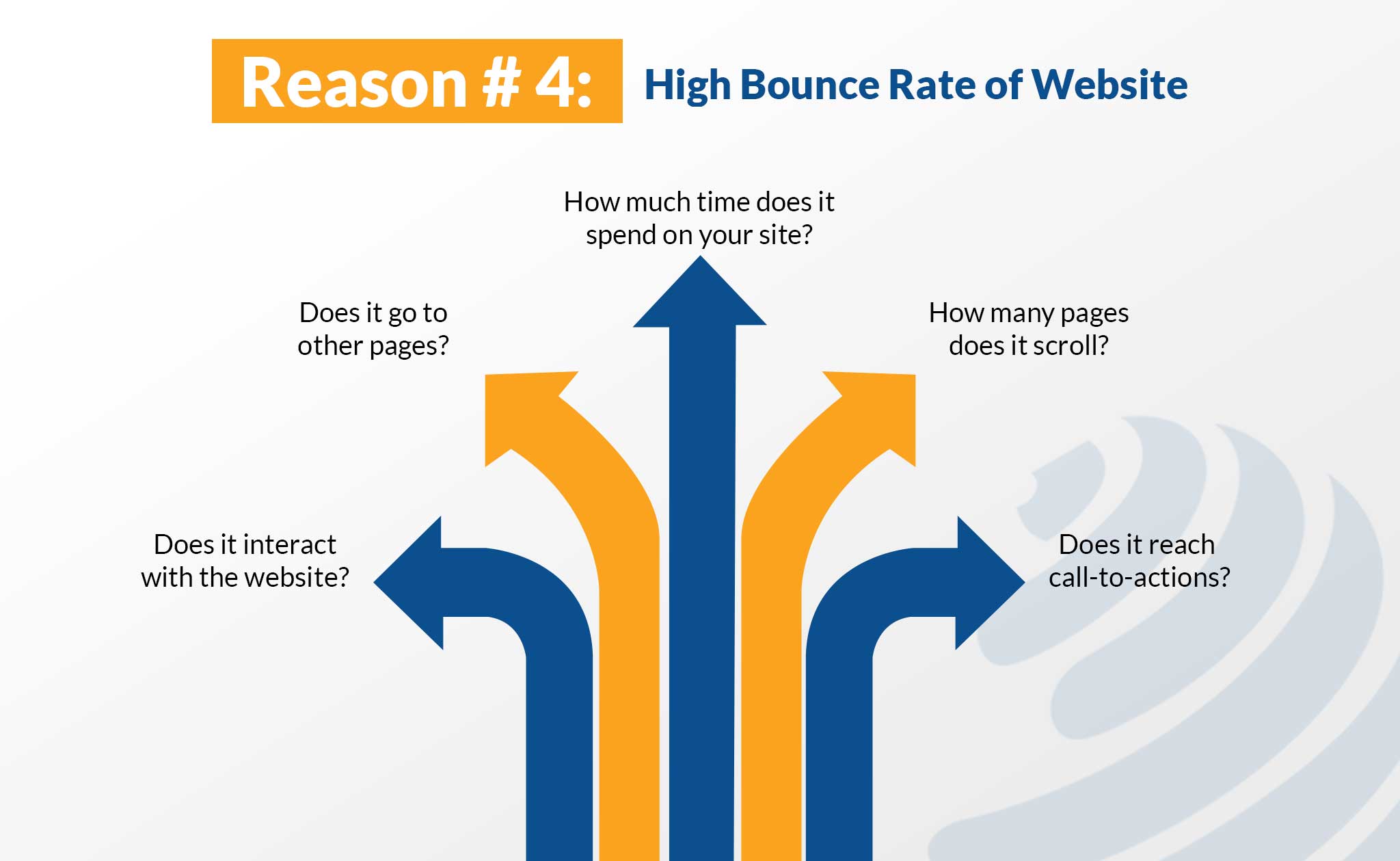
If the answer to all these questions is negative, it signals to Google that your site has a high bounce rate. In other words, it does not fulfill the requirements of the users and is not friendly. Unfortunately, according to a study, Google considers the bounce rate as a signal to rank a page.
So, if your website has a high bounce rate, it shows Google that your website is not the right fit for users who are against a query.
So, it stops showing you in the search results.
And what does it mean? No or low organic traffic!
So, work on factors that are triggering your page’s bounce rate.
You can’t expect to get indexed in Google’s data source if its bots are not able to crawl your website. No matter how good your content is and how the right keywords you have placed, if Google is not able to understand and crawl your content, forget about optimization.
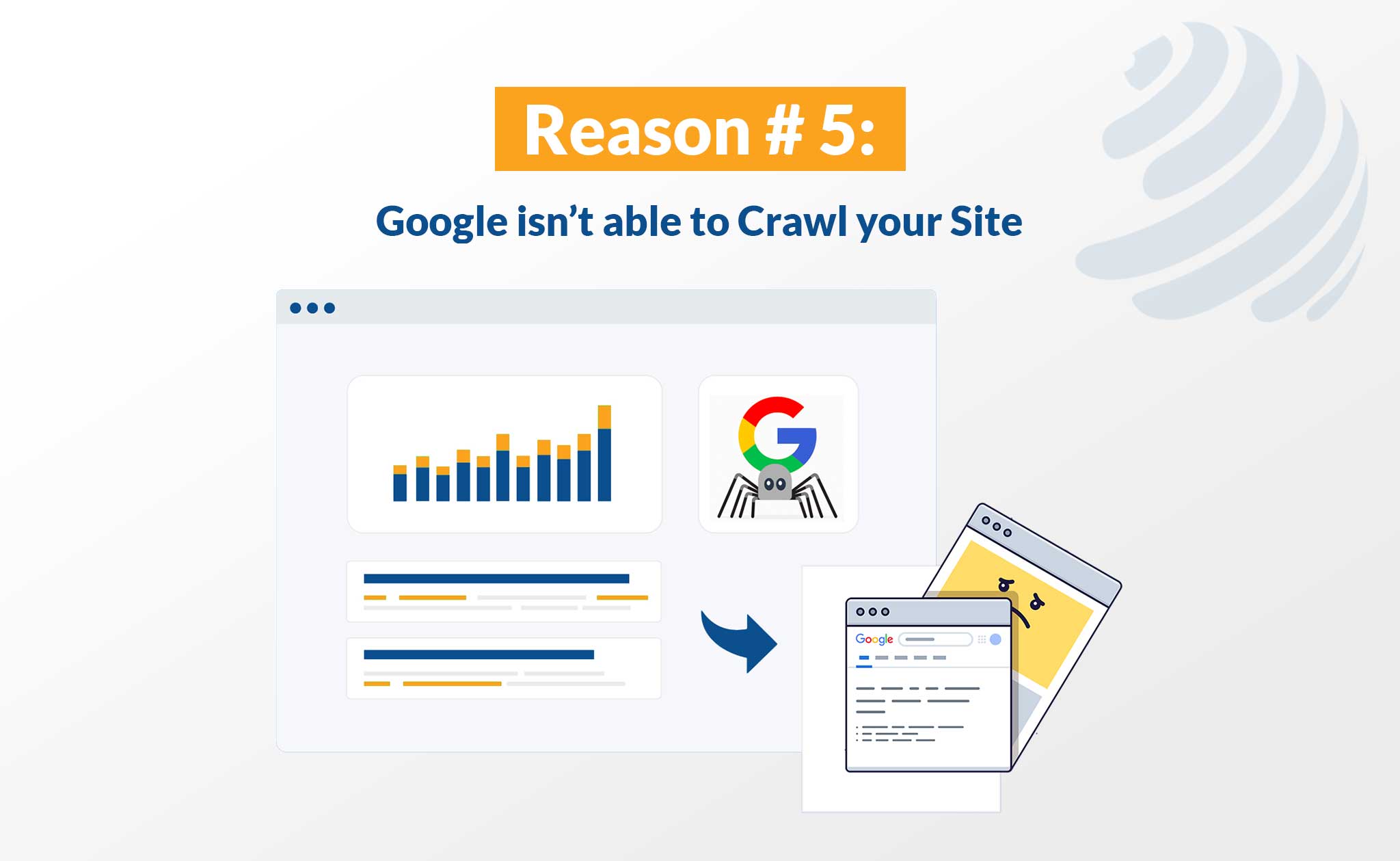
One of the reasons why your website is not getting any traffic is that your site’s structure is not crawler-friendly, and Google is having difficulty understanding it. There could be two reasons why Google fails to crawl your site correctly:
It is one of the most common reasons that obscures a site from getting crawled. How you design your site, create internal links, and provide navigation plays a significant role in making things easier for the search engine. So, don’t create a complex site structure that looks like a labyrinth to Google.
Don’t make your website a testing phase to judge Google’s bot’s intelligence. Make things as much easier for them as you can.
If your pages are not getting indexed and there’s no traffic to the website, it might be because you accidentally blocked Google from crawling your site. Yes, it can happen.
Changes in administrative site settings and robots.txt files can stop Google from crawling your website. Robots.txt file tells Google which pages to ignore and which pages to pay attention to. Usually, it takes around 48 hours for a website to be indexed.
If you face any delay after that time, you better check out if there is any problem in your settings or submitted file that might have presented Google’s bots with incorrect site crawling and indexing information.
There is a rule of thumb for creating convertible content. Tell users what they want to know rather than telling them what you want to say. Remember that it is your website, but you are creating it to attract traffic.

If your content doesn’t match why the user landed on your page, it is left with no reason to stay on your age. Result? Say bye-bye to the traffic. And now, Google is also keeping a close eye on whether you match the user’s search intent or not.
In the new quality guidelines, Google has dedicated a whole section to matching users’ search intent. So, while creating content, think from an end user’s perspective rather than your needs.
You have created amazing content, and now you are waiting for traffic to hit your site while sipping your tea, but the traffic is not coming. That’s a common problem! Creating amazing content is essential; in fact, it is necessary. Businesses also understand its significance.
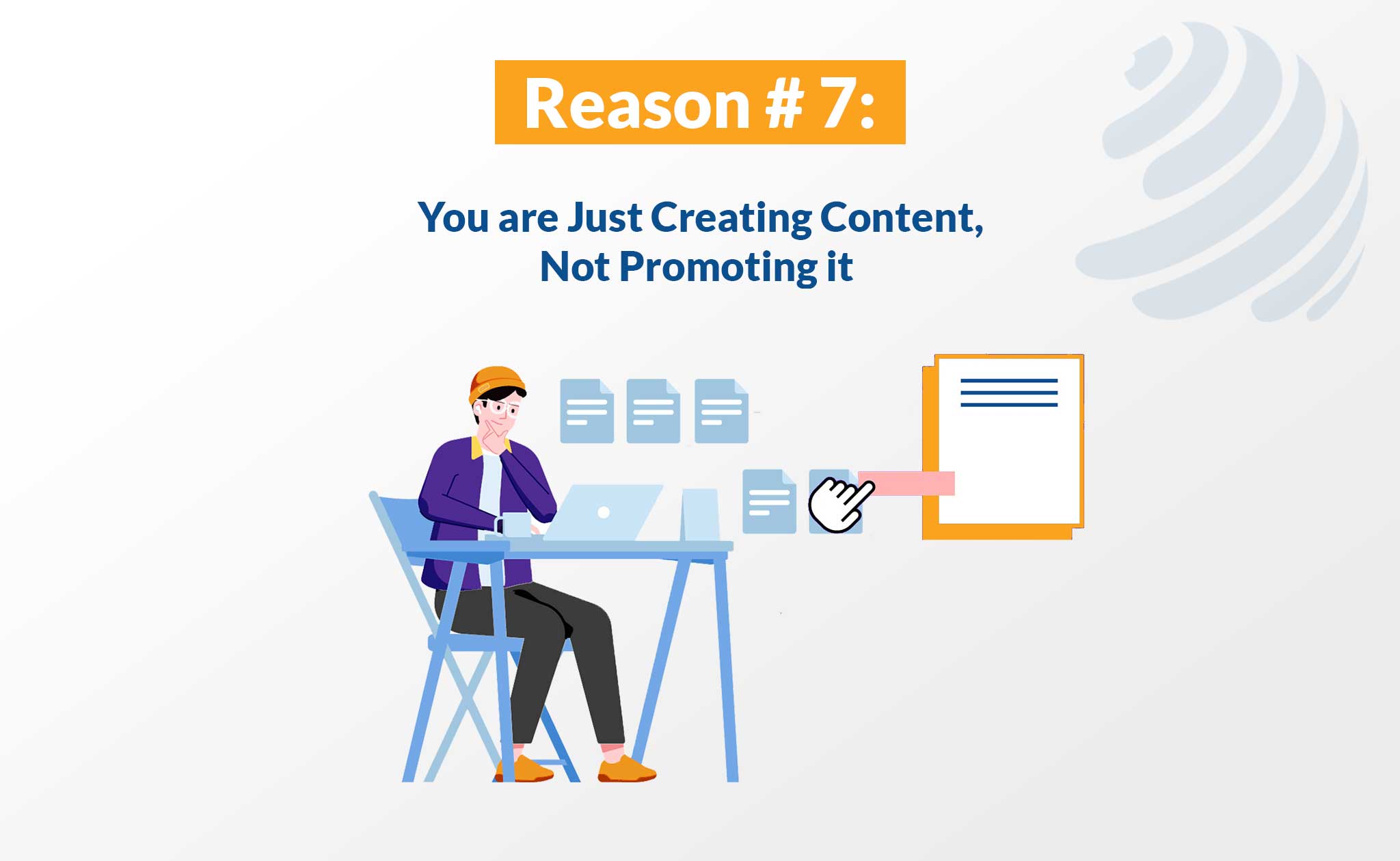
But nobody will know about it if you do not promote it. That’s the most straightforward answer to your query: why is your website not getting traffic?
Unfortunately, creating valuable content is not enough to rank higher on Google. There are many other factors at play. So, instead of waiting for SEO to work (that is going to be time-consuming, by the way!), you should start moving your needles on your own: Promote your content.
Content promotion is time-consuming because just sharing your content on social media accounts is not going to help you in full force.
So here is what else you should be doing:
Google has started giving significance to E-A-T more than ever before.
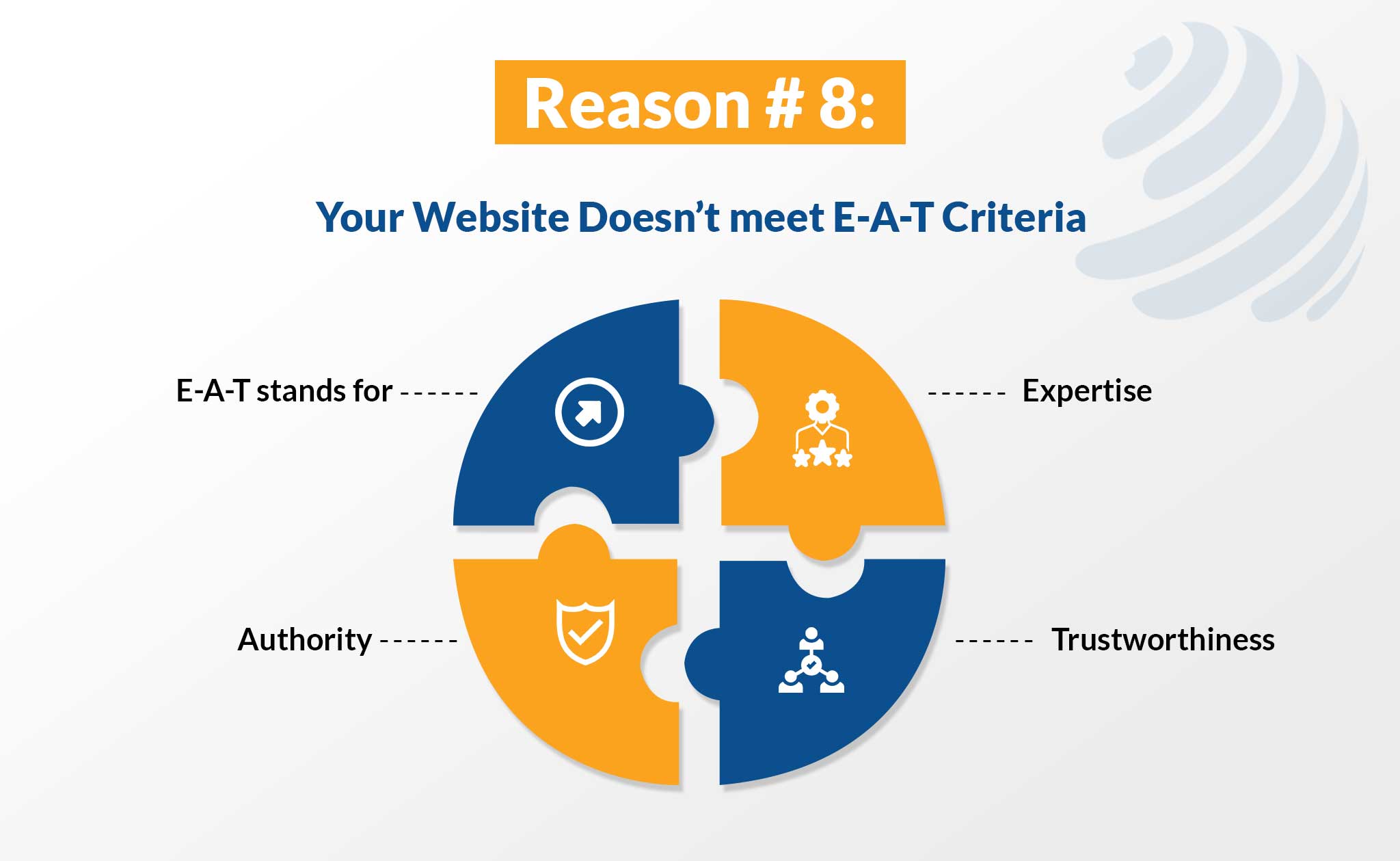
This all started when Google launched its Quality Guidelines in 2015, which showed Google now doesn’t only want to give the most relevant information to its customers but also the most trusted and correct information.
That’s when E-A-T entered into Google’s ranking algorithms. So, is your website not getting traffic? It might be because you are not able to prove to Google that:
This issue can be resolved if you provide an authoritative link profile on your website that shows your work experience and horizon of expertise to show you as trustworthy.
It is an old story that Google has a thing for content. Different parameters judge the quality of the content. Here are a few of the website quality parameters mentioned in Google’s guidelines.
You can see that out of 13 quality guidelines, 6 are directly or indirectly related to content creation standards. So, Google wants you to treat your website’s content very carefully by inducing value, information, and uniqueness.
But that’s not the only thing Google demands from you.
Quality of content also matters – but it should be valuable.
If your competitors’ website has in-depth and valuable content that covers all the possible dimensions of the topic, but your content is beneficial but not all-inclusive, you are at a disadvantage. For example, here I searched for a keyword…
…and found that between the two organically ranking websites, the top-ranking website contained more content.
So, if your website is not getting ranking and missing out on traffic, it might also be because you haven’t written sufficient content compared to your competitors.
It is time to give a fresh splash of more quality content to your website to show Google that you are a powerhouse of information – to drive and increase organic traffic.
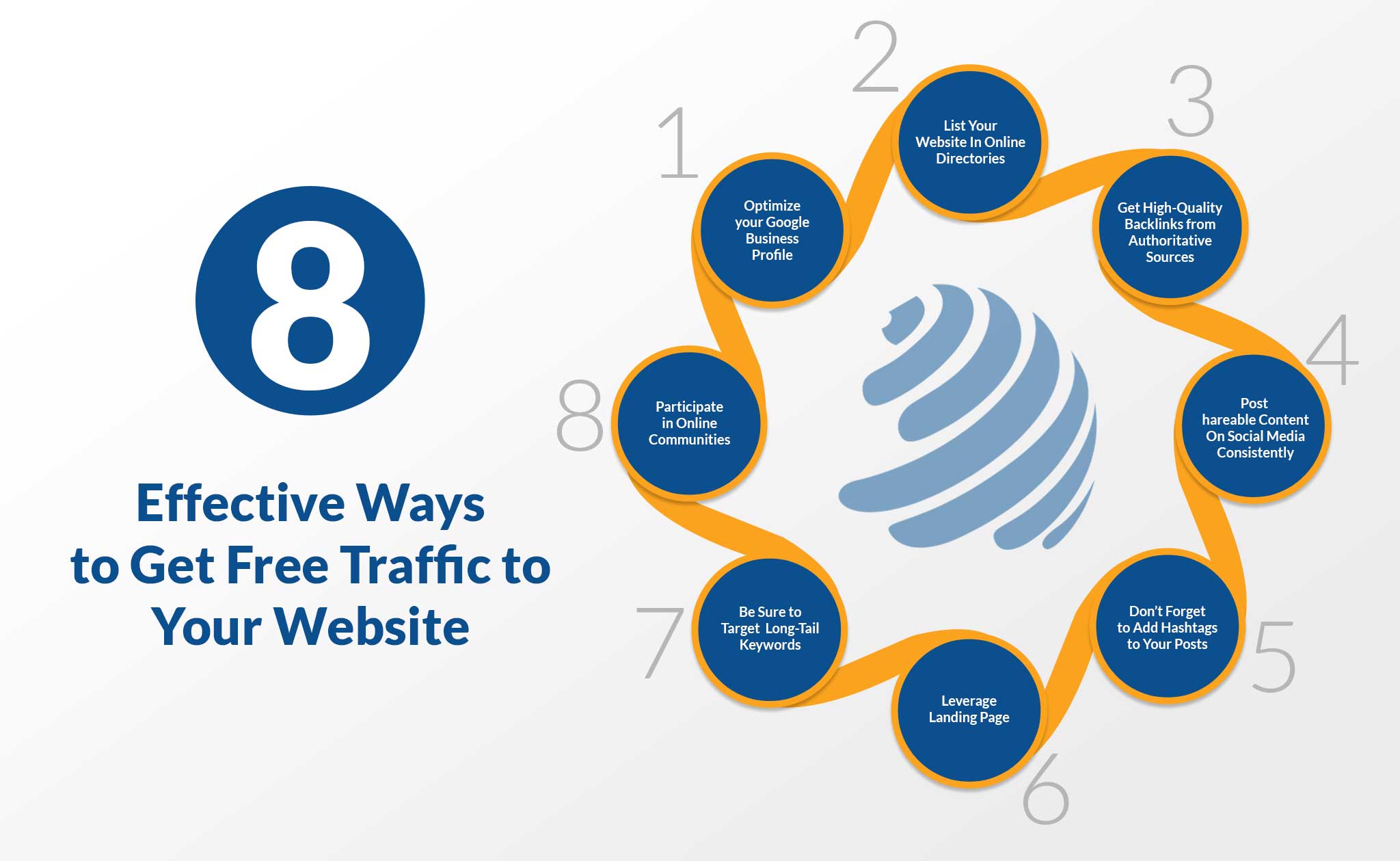
Once you know the significant reasons your website isn’t getting traffic, your next move is to look at the most effective ways to drive free traffic to your website. So you can make the most of your web traffic-getting efforts.
Are you aware that a well-optimized Google business listing brings 7x more visitors to your website than an incomplete one? Remember that your listing links back to your website so that you can get more traffic through this approach.
As Google is getting smarter with its results pages, your business profile offers all of the information to prospective customers so they can make a buying decision accordingly. They might visit your website link and contact info about your business directly, resulting in more traffic to your website.
Another effective way to increase organic traffic on your website is to focus on getting listed in online business directories and reviewing websites. The majority of these sites will have a link to your business website. So, be mindful of updating these listings and getting positive feedback and reviews from your target audience, resulting in more website traffic.
Most business directories – such as Yelp, have strong DA on the Google search engine, so your business’s free Yelp page could rank higher for relevant searches and queries. Don’t forget to update your business details so that your prospective visitors will find your authoritative source on the web.
A backlink is a link pointing back to your website from other niche-relevant websites with High DA. Make efforts to get backlinks from complementary businesses or industry influencers. Hence, you will not only get your business in front of your target demographic but also drive more traffic to your website.
What’s more, Google picks up on backlinks and will maximize its trust in your brand when it sees other trusted sites pointing back to yours. More trust from Google means higher rankings, resulting in more traffic to your website. In other words, getting free, quality backlinks can help your website get noticed.
Social media is among the most widely used free marketing tools around and plays a significant role in increasing organic website traffic to your business website. Leverage the power of social media platforms – such as Facebook, Instagram, and LinkedIn to promote your brand and its products & services.
Once you do so, you can turn your social media followers into site visitors and increase traffic from their social media accounts if you post shareable content consistently. Be sure to create content for free, which isn’t as complicated as it may seem. You know what you’re selling – you need to simplify it for your target audience.
Another best way to increase organic traffic is to add hashtags to your posts, which can help promote your website pages and blog posts. It’s the most surefire way to extend your reach beyond your network, and your users can find your products and services more efficiently. The more eyes on your links, the higher the chances of getting more free traffic you’re driving to your website.
Utilize landing pages to drive traffic to your website at no cost. These pages are tailored to your offerings, such as redeeming a discount code, accessing a free guide, or starting a trial. They provide essential information to users to facilitate conversion and emphasize a specific call to action for increased efficacy.
Due to their specificity, landing pages enable precise messaging, leading to higher traffic and conversions. Ensure that your contact information is prominently displayed.
Focusing on long-tail keywords is crucial. Although short-tail keywords are more commonly searched, they are harder to rank for on search engines.
On the contrary, targeting long-tail keywords increases the likelihood of achieving higher rankings, potentially even on the first page, for searches related to your products and services. This higher ranking can lead to more traffic.
Additionally, with the advancement of search engines and voice search technology, people are increasingly using specific phrases when searching online. There are several free tools, such as WordStream’s free keyword tool, that can assist in identifying the right keywords to target.
Interacting on relevant websites and online communities is cost-free and can increase organic traffic to your business. Share your thoughts on blogs and social media updates, respond to people’s questions, and join in discussions related to your field.
The greater your involvement with your community, the more visibility and profile views you’ll receive. When your social media profiles have a link to your website, you’ve converted your interactions into an additional avenue for website traffic.
Be sure to engage genuinely and moderately and refrain from including website links in your comments, as this could make you seem spammy and harm your online and business reputation. While increased traffic should not be the primary objective of your engagement, it should instead be a secondary outcome.
After reading this blog, you can see that the trouble behind my blog is not getting traffic is mostly your negligence. Google has no biases or grudges against anyone. And it also doesn’t favor anyone. It has certain quality and ranking guidelines; if you follow them, you can also drive traffic to your site.
So, do a complete audit of your site, analyze your strategy, and check your current plan to see where you are standing and how you can change things for the better. Once you know this, driving qualified traffic becomes easier and hassle-free.
——————————
By using several SEO analytical tools – such as Google Analytics, Google Search Console, Rank Math, Ahrefs Traffic Checker, and many others- you can better assess whether your website isn’t getting traffic and let you know why.
Getting traffic to your website can help you reach more people, boost your site rankings on Google, maximize your brand sales and revenues, generate more leads, and so on… All these benefits contribute together to take your online brand to new heights of success.
As a brand owner, once you get to know why website traffic analytics matter, you will wonder. Well, in other terms, they can make or break your website’s online success. By using Google’s traffic analytical tools, you can easily track your website’s metrics. Not only that, but also, you can gain valuable insights about your target audience, optimize your website marketing campaigns, and enhance your site’s performance.
When an online user visits your website or blog for the very first time, it’s known as a unique visitor. Multiple times, a visitor chooses to revisit the same website or blog and no longer thinks of an exceptional site visitor. When it comes to web traffic, it’s the sum of all these unique visitors & repeat visitors.
Traffic sources are the significant channels or methods utilized to direct visitors to a website, which include organic search, social media, email marketing, paid ads, referrals from other authoritative sites, and direct traffic.
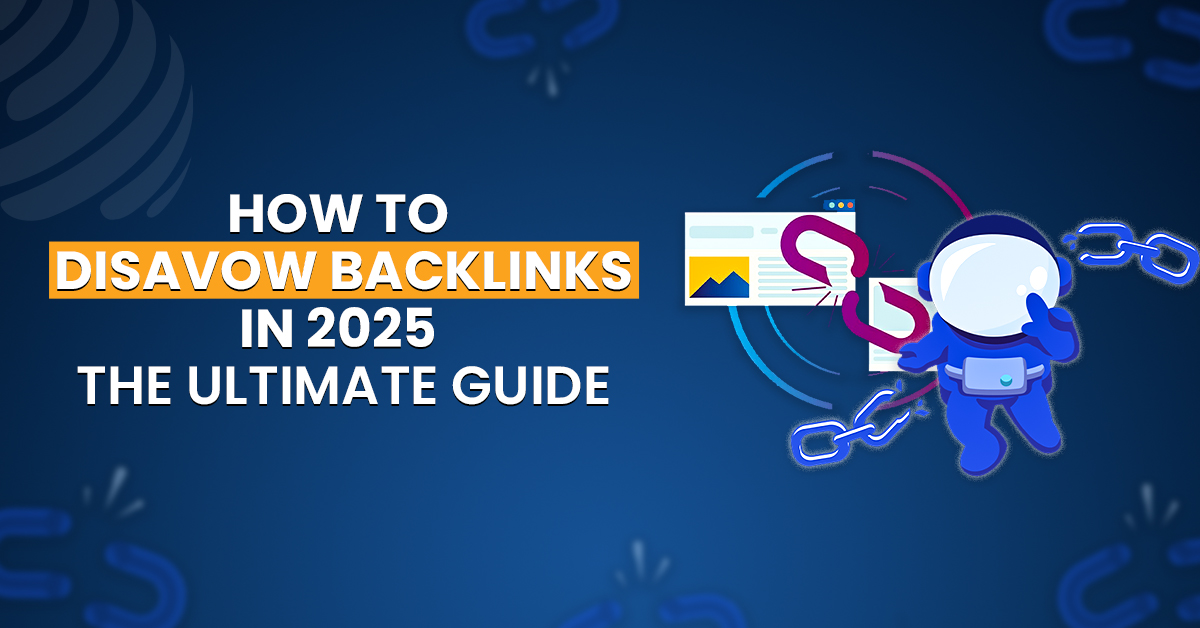
It is important to know how to disavow backlinks to maintain the health of your website. By disavowing toxic and
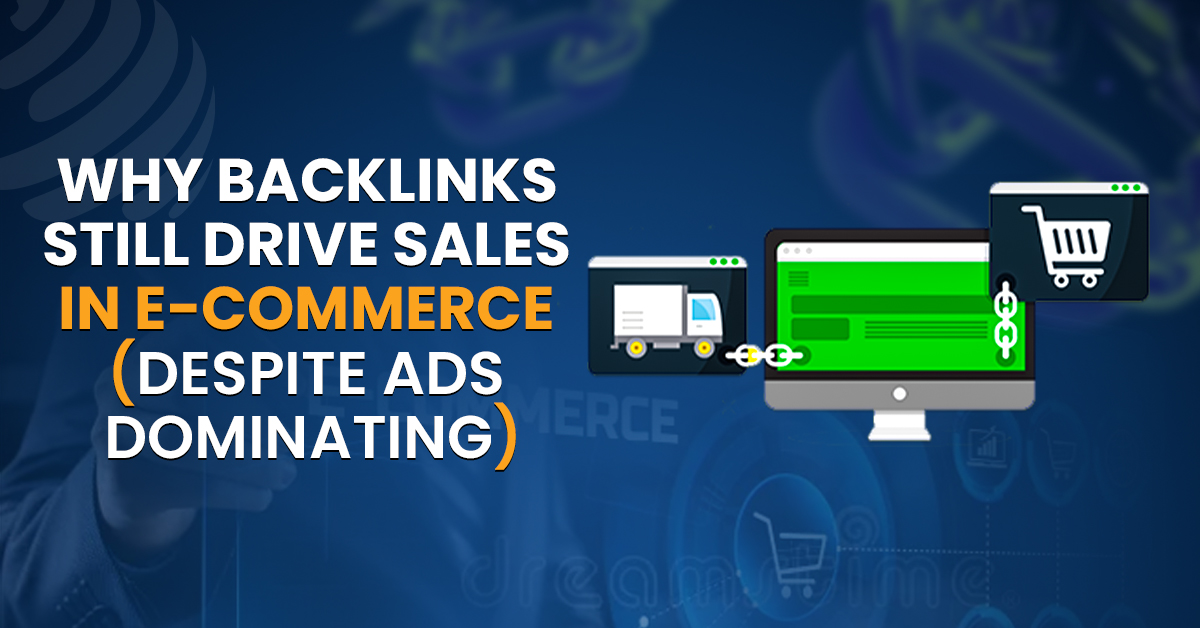
Many store owners wonder why backlinks still drive sales in e-commerce. Backlinks are when other websites or sources choose to
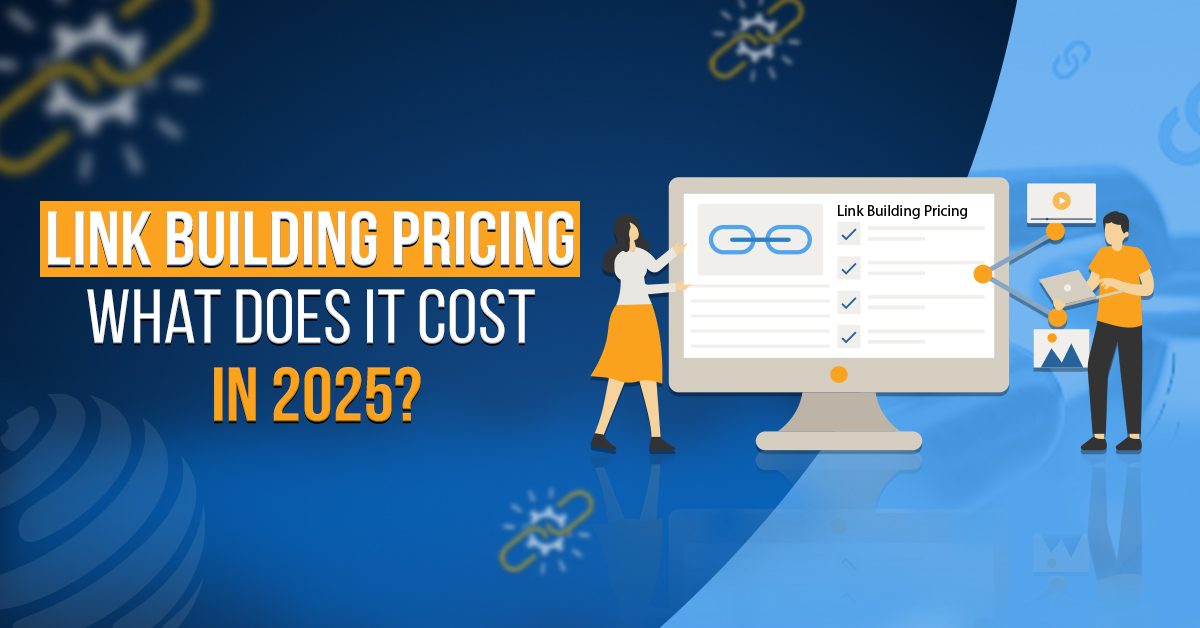
Several factors come into play for fair link building pricing, such as the number of links and their quality. Typically,
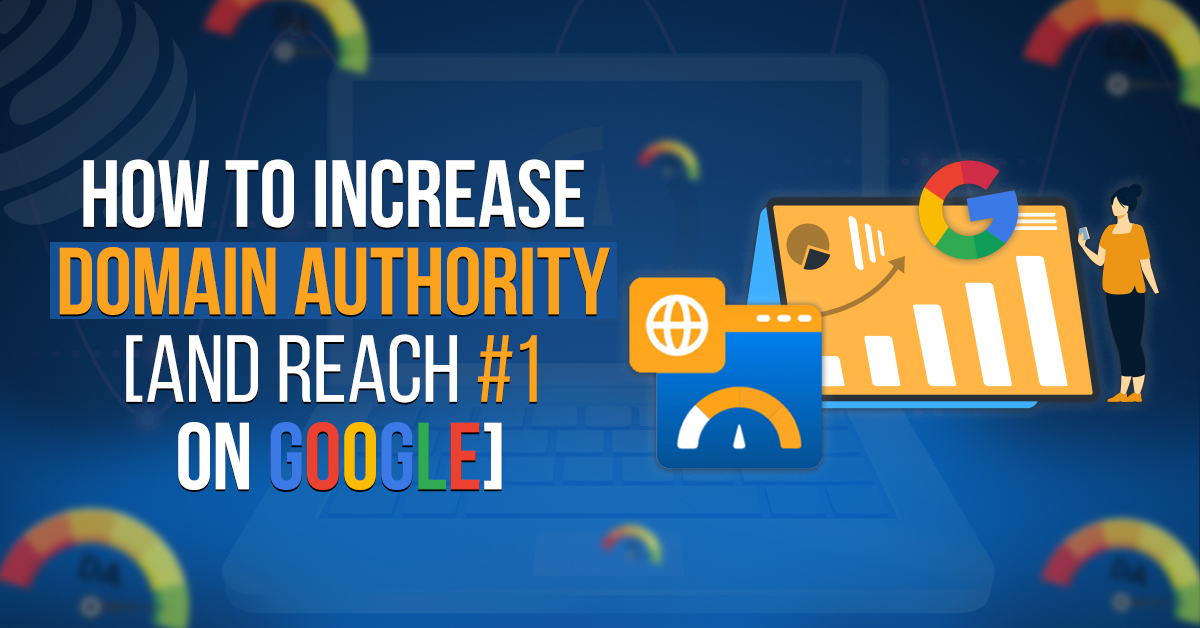
Knowing the art of how to increase domain authority can help you establish higher rankings. There are several ways you
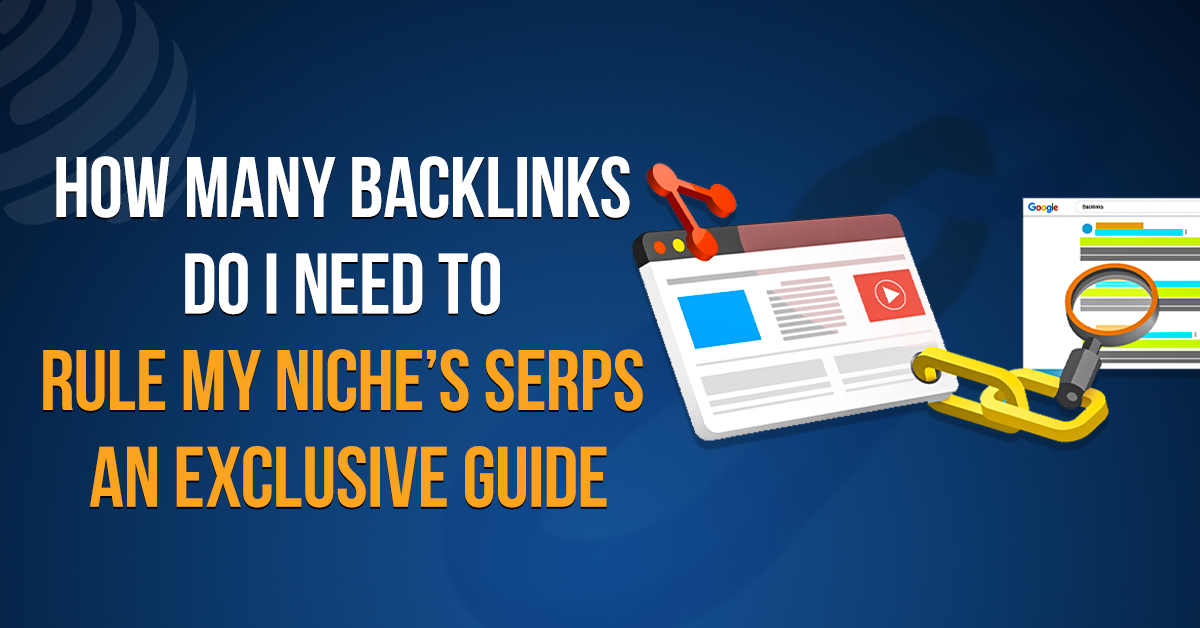
There is no exact scientific answer to the question of how many backlinks do I need to rank higher in

It is important to know how to disavow backlinks to maintain the health of your website. By disavowing toxic and

Many store owners wonder why backlinks still drive sales in e-commerce. Backlinks are when other websites or sources choose to

Several factors come into play for fair link building pricing, such as the number of links and their quality. Typically,

Knowing the art of how to increase domain authority can help you establish higher rankings. There are several ways you

There is no exact scientific answer to the question of how many backlinks do I need to rank higher in
Globex Outreach is thriving, and we are dedicated to providing quality customer services to our valued clients by providing the biggest database of high quality websites.
We are burning the midnight oil on R&D so that our clients can get the best possible services. It’s the responsibility of our company to create content that meets the requirements.

30 N Gould St, Ste R
Sheridan, WY 82801
USA

23, New Drum Street, London, England, E17AY

Stroveer, 1383032, GA, Rotterdam, The Netherlands
30 N Gould St Ste R
Sheridan, WY 82801, USA
23, New Drum Street, London,
England, E17AY
Stroveer 1383032 GA Rotterdam
The Netherlands
Copyright 2025 Globex Outreach | All Right Reserved



